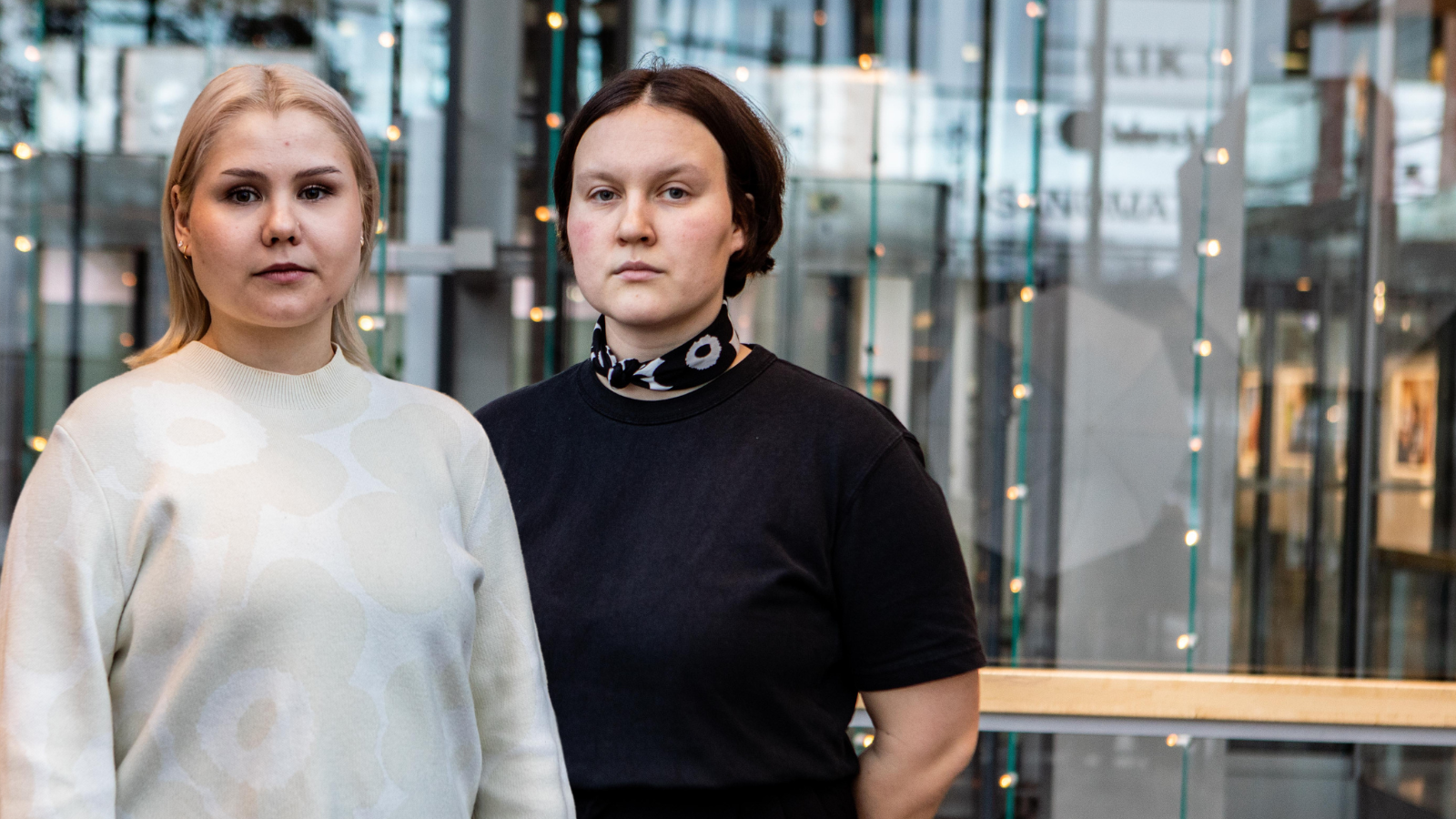Journalist, author and scriptwriter Jari Hanska writes about the Finnish pensions system and summarises the debate on this topic in one question: Should the pension index be improved?
This question arose last year when the citizen’s initiative launched by the senior organisation Senioriliike and its driving force, former Member of Parliament (SDP) Kimmo Kiljunen collected over 80,000 signatures and the initiative was debated in parliament. The initiative demanded that the index which is used for the annual adjustment of pensions should be changed. Currently 80 per cent of the index is based on price fluctuations and 20 per cent on fluctuations in the income level. The citizen’s initiative states that the index should be tied 100 per cent to the income level.
Hanska explains that now the debate is focusing on whether or not pensions can be increased, when the discussion in the current economic climate should be about how risks related to funding the pensions system could be divided fairly within and between generations. In this article Hanska also mentions a news article from Taloussanomat, according to which the future will see only one in five people born in the 1990s still at work one year before the lower retirement age. The rest of them will mostly be unemployed or unable to work.
During the past few decades the pensions system has been improved by cutting from future pensions. According to Hanska this is based on the myth that current – and future – retirees have paid their own pension.
In practice the myth works like this: each employee (and their employers) makes pension contributions into an imaginary pension safe throughout their career. A film is then placed over the safe which protects it from inflation. When the employee retires, he or she will withdraw the pension contributions they have paid from the safe. Unfortunately this is not how the pensions system works.
The Finnish pensions system is mainly a system of direct distributions. That means that today’s pensions are almost completely paid for by contributions made from the salaries of today’s employees. The funding only plays a minor part.
This year 24.4 per cent, i.e. nearly a quarter, will be collected from every employee’s salary in pension contributions. For the sake of comparison, that is almost the same amount as the tax collected from the salary of the average employee in the private sector. In other words, the share of employees’ salaries that is used for funding pensions is as large as the share that funds all the other services of the welfare state.
The statistics of the Finnish Centre for Pensions reveal that those who were born in 1940 receive over five euros in pension for every euro they paid in as pension contributions. According to current calculations, those born in 1990 will only receive two euros.
According to Hanska, the protection of property is therefore putting pensioners who are already in a weak position into a worse position than those receiving an earnings-related pension. The protection of property is not black and white. In the past, the Constitutional Law Committee has, among other things, approved a reduction in the pension index. Most changes relating to pensions that have been put through are somewhere in the grey zone. When reforming the pensions system in the future, Hanska writes that we should take into account how we can share the risks caused by an ageing population more evenly between different generations, and also within a generation.
Jari Hanska
The writer is a journalist, an author and a scriptwriter. Jari Hanska and Teemu Muhonen’s book Eläketurma was published in the autumn 2016.




